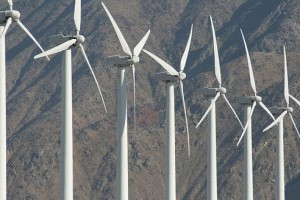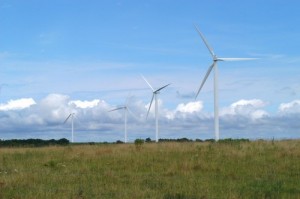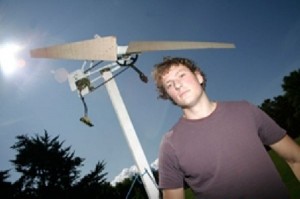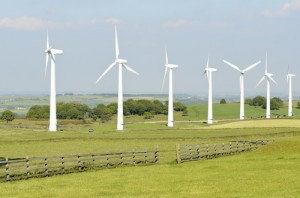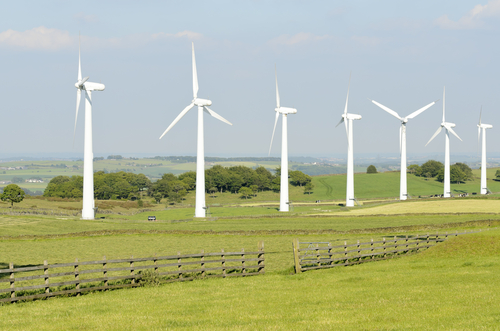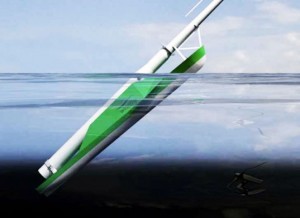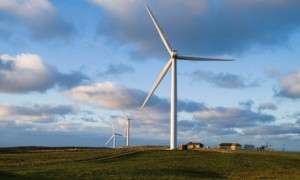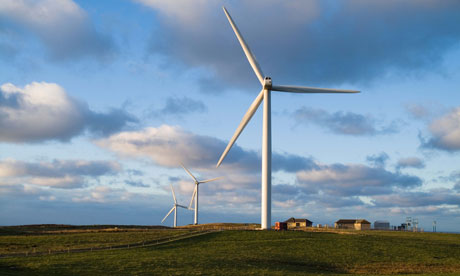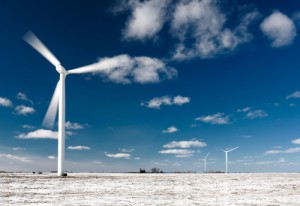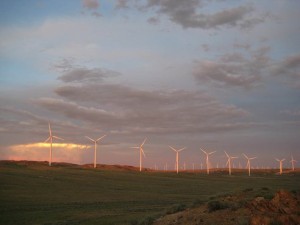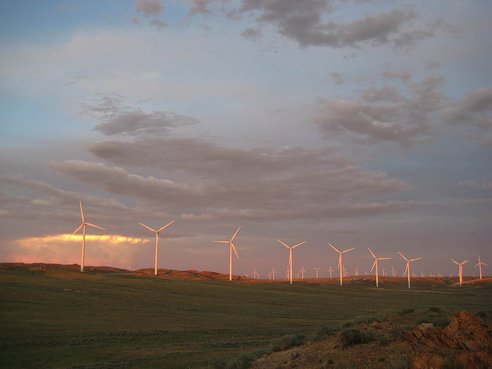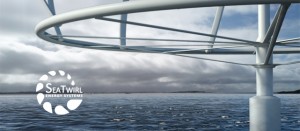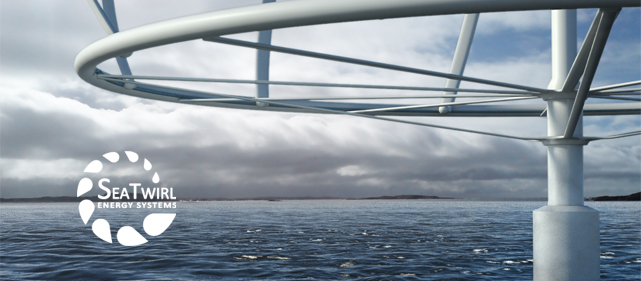Walney wind farm off the coast of Cumbria in the UK yesterday became the world’s largest offshore wind facility. One hundred and two turbines over 73 sq km (28 sq miles) provide a maximum output of 367.2 MW. It’s claimed the facility will provide enough power for about 320,000 homes – half as many again as the total number in Cumbria.
The project’s first phase, Walney 1, has been providing power since January 2011 from 51 137-meter-high (450-ft) turbines, each with a 107-m (350-ft) rotor diameter. The completed second phase, Walney 2, adds another 51 turbines of even greater size to the installation. These 150-m (492-ft) tall turbines have three 18-tonne (19.8-short ton) blades with a total diameter of 120 m (394 ft). Despite the differing dimensions, all turbines are Siemens-made 3.6 MW turbines. All told a single wind turbine weighs a hefty 550 tonnes (606 short tons). The Walney 2 installation was completed in an impressively tight six-month window.
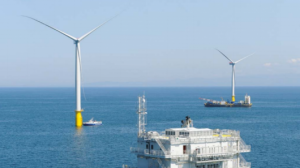
 Follow
Follow